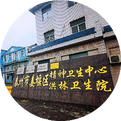Click the blue text to follow us
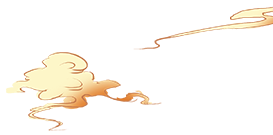
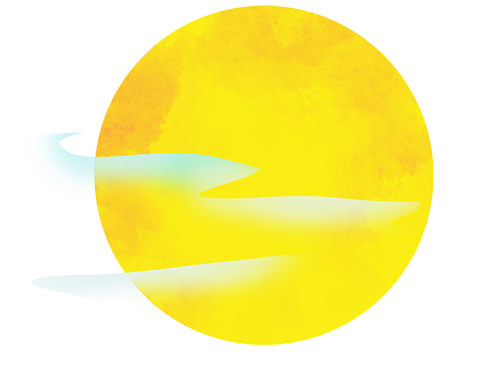
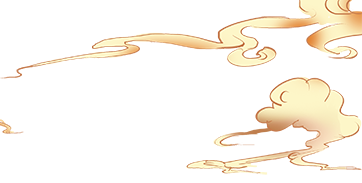
Traditional Chinese Medicine Techniques
Tui Na (推拿)
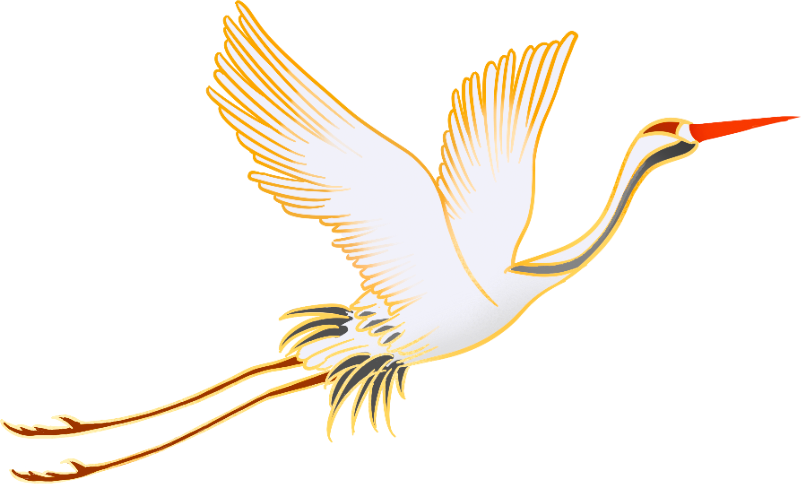

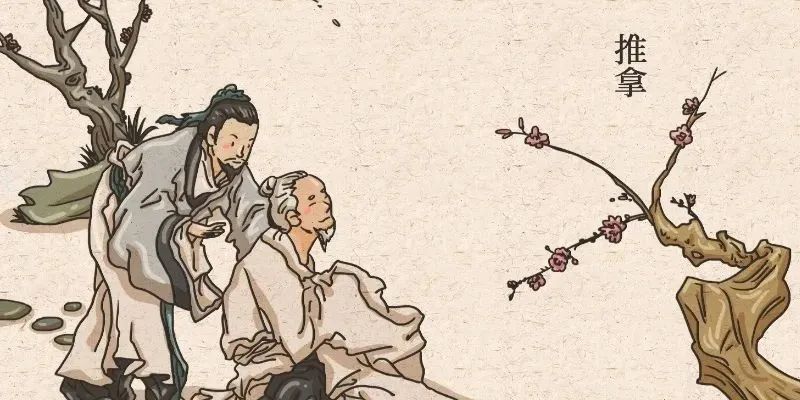
Tui Na is an ancient and effective therapy guided by the principles of Yin-Yang, the Five Elements, and the meridian system of Traditional Chinese Medicine (TCM). It utilizes manual techniques to stimulate the body’s meridians and acupuncture points, aiming to harmonize Qi and blood, balance organ functions, and eliminate diseases. During Tui Na, practitioners skillfully apply techniques to adjust the patient’s body to its optimal state and enhance its self-healing abilities.
Tui Na has a long history, having evolved over time into a unique therapy. As recorded in the “Su Wen: On the Appropriate Methods of Treatment,” it states: “The central region is flat and moist, which is why the earth gives birth to all things. Its people eat a mixed diet without labor, hence they suffer from many ailments such as weakness and cold heat. Therefore, the treatment should involve guiding and pressing.” This indicates that ancient TCM already began using Tui Na techniques to treat diseases.
So, what is Tui Na,
what are the common techniques used in Tui Na,
and what should be noted during Tui Na?
With these questions in mind, let us explore the answers together.
1
What is Tui Na?
Tui Na is a green and healthy treatment method. During the process, practitioners use skilled techniques to stimulate the patient’s acupuncture points and meridians, thereby adjusting the patient’s physical state to achieve therapeutic effects.
Tui Na is characterized byholistic perspective, soft approach, individualized treatment, syndrome differentiation, and safety and effectiveness. Among these, theholistic perspective serves as the guiding ideology for Tui Na treatment, emphasizing the interconnectedness and interaction of all components within the human body.
Soft approach is a fundamental requirement of Tui Na techniques, emphasizing the use of gentle methods on the patient’s acupuncture points and meridians to achieve the effects of harmonizing Qi and blood and balancing organ functions.
Individualized treatment is key to Tui Na therapy, where different techniques and stimulation points are applied based on the individual patient to achieve optimal therapeutic outcomes.
Syndrome differentiation is a basic principle of Tui Na treatment, where the nature and cause of the symptoms are identified, and different techniques and stimulation points are used to treat the disease. Tui Na is generally safe, and when applied correctly, it does not cause any side effects for the patient.
2
Common Techniques in Tui Na
The most commonly used basic techniques in Tui Na include pushing, grasping, kneading, rolling, and pressing.
Pushing (推法)
Pushing involves using fingers, palms, or elbows to perform slow, unidirectional linear movements on the body surface to achieve the effects of unblocking meridians and relaxing muscles.
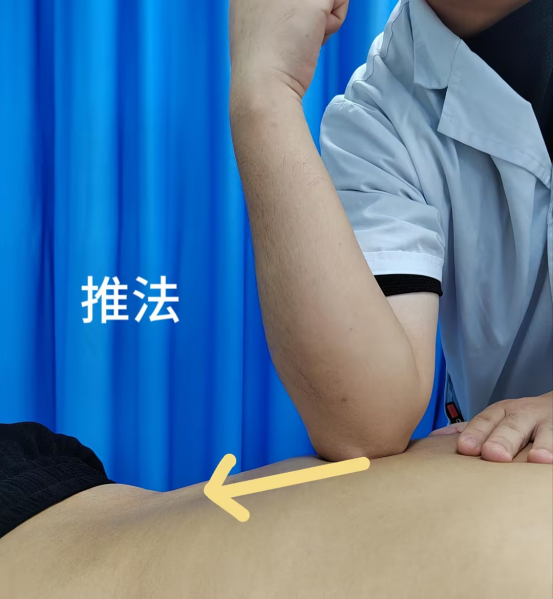 Grasping (拿法)
Grasping (拿法)
Grasping involves using the thumb and other fingers to apply force in opposition, grasping specific acupuncture points or areas to achieve effects such as promoting circulation, relieving spasms, and breaking adhesions.
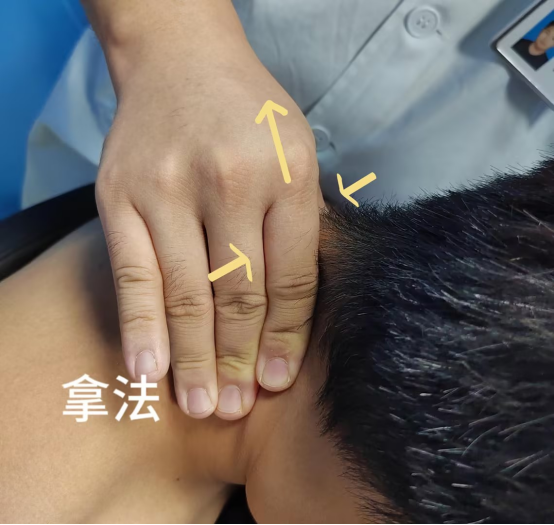 Kneading (揉法)
Kneading (揉法)
Kneading involves using the fingertips or palm to apply pressure on a specific area or acupuncture point while inducing rotational movements to achieve effects such as invigorating blood circulation and alleviating pain.
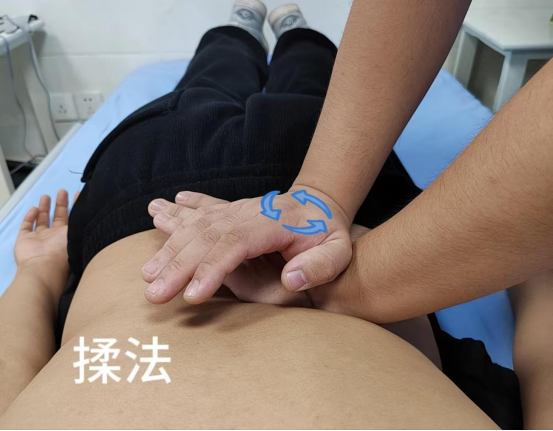 Rolling (㨰法)
Rolling (㨰法)
Rolling involves using the back of the little finger joint to apply pressure, utilizing forearm rotation and wrist flexion and extension to create continuous back-and-forth rolling movements to relieve spasms and facilitate joint mobility.

Pressing (按法)
Pressing involves gradually applying downward pressure with fingers or palms on specific areas or acupuncture points to achieve effects such as relieving spasms, dispersing nodules, and correcting deformities. Different diseases may require different techniques; for example, patients with headaches may benefit from kneading and pressing techniques, while those with lower back pain may find relief through grasping, rolling, and pushing techniques.
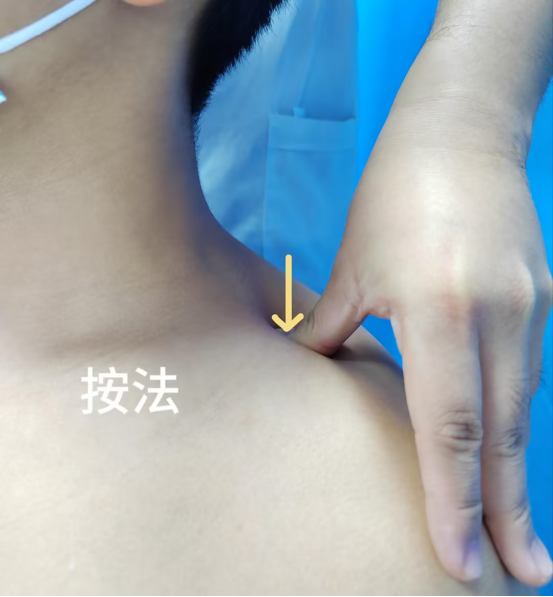
3
Tui Na as a Good Choice for Health Maintenance
In recent years, due to lifestyle and work pressures, as well as changes in dietary structure, the number of sub-healthy individuals has increased significantly, with up to 700 million people in China classified as sub-healthy. Tui Na has become a preferred method for health maintenance, effectively improving physical pain and sub-health conditions through its unique techniques, maintaining the smooth flow of the body’s meridians. Therefore, this method deserves attention and promotion.
Image source: Internet

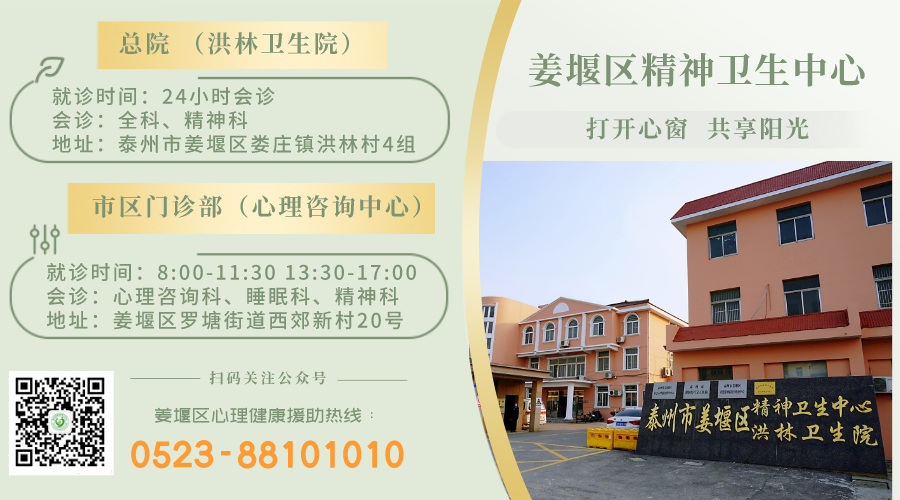
Editor: Cao Qian Proofreader: Yuan Feifei Reviewer: Wang Weiqiang


